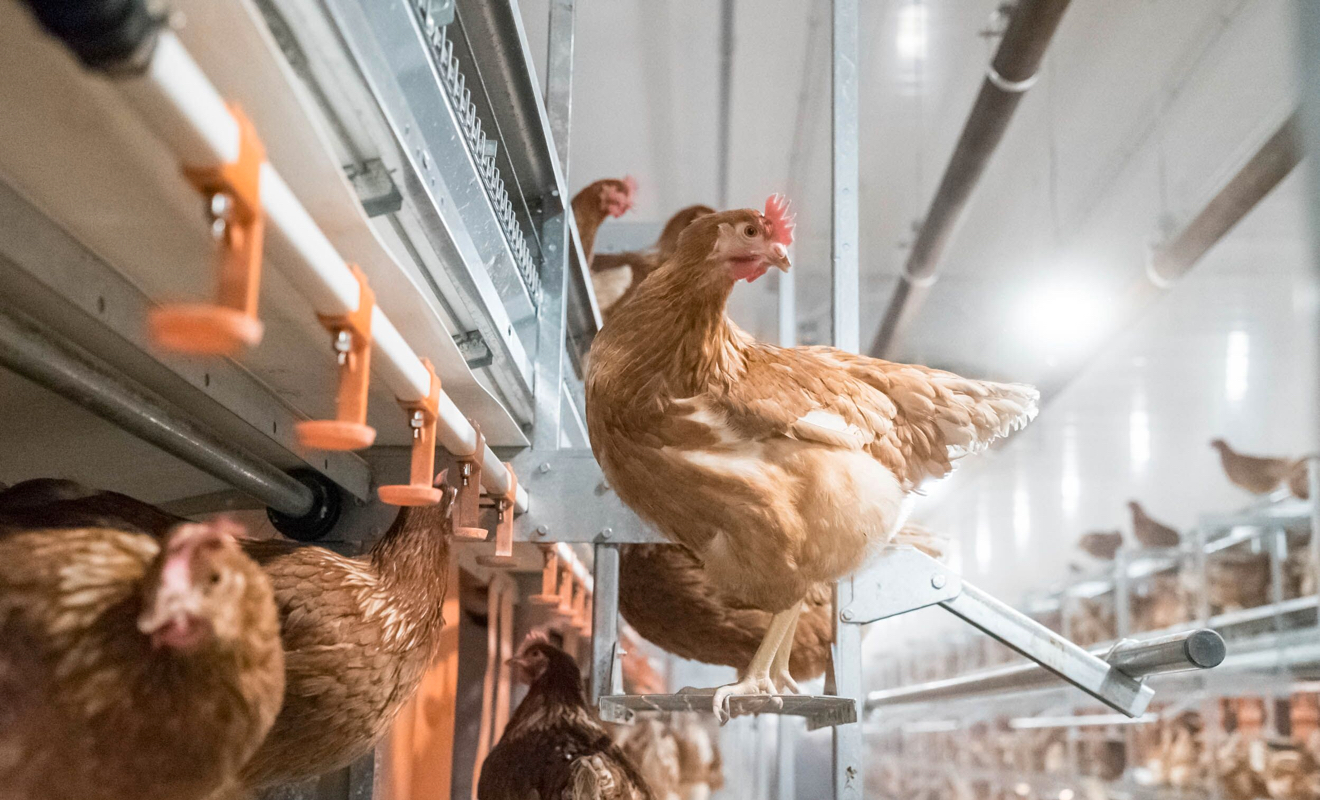Hen Housing - the choice is yours
May 20, 2020
May 20, 2020

Like humans, hens need quality housing. Farmers must balance and weigh the tradeoffs between different styles of housing.
Farmers consider several factors including hen health and well-being, weather protection, disease control, predator protection, economic feasibility and in-flock aggression. The ability for routine observation and specialized care are other important components when evaluating different types of housing.
The debate about ideal hen housing has long been of interest to both farmers and consumers. Farmers are committed to offering choices to consumers shopping for eggs.
Allowing hens more space and opportunities to perform natural behaviors provide obvious welfare benefits, but also introduces difficulties in controlling detrimental components that impact hen welfare. These include disease resulting from exposure to manure and other pathogens and an increase in mortality due to cannibalism.
Conventional housing is usually a wire enclosure housing multiple birds. Conventional cages provide better disease control, improved air quality, and allows illness to be easily monitored, controlled, and treated.
Hens in conventional systems also have a lower risk of injury. It is for these, and other reasons, that starting in the 1960’s, farms moved away from open housing systems to conventional housing.
The choice of housing system is ultimately determined by consumer demand. UEP farmer-members are committed to adapting to meet changing consumer demands and providing consumers with choices in the grocery store.
No matter the choice, egg farmers are committed to ensuring hen welfare is maximized within the system they are using. Whether this is cage-free or conventional, a well-managed layer housing system keeps the hens safe and well cared for, and ensures a quality wholesome egg for your family.